
Continuous Extrusion Blow Molding Machine
Continuous Extrusion Blow Molding Machine
Leshan Intelligent Equipment Corp.,Ltd is an enterprise that produces plastic machinery molds. Main products: Milk bottle blow molding machine,Food bottle blow molding machine,Engine oil bottle blow molding machine,Irregular shape product blow molding machine,athlon series hydraulic machine,multi-layer coextrusion blow molding machine,Cleaning bottle blow molding machine,Blowing Mould & Injection Mould,Extrusion Die Head,Daily chemistry bottle blow molding machine,PET Machine, etc. We have professional equipment such as Numerical-controlled knee bend machine,Vertical CNC gantry machining-center,Numerical-controlled cutting machine,Numerically controlled lathe.
Good quality, reasonable price, fashionable design, widely recognized and trusted by users, able to meet the constantly developing economic and social needs. Our products are not only popular in China, but also exported to regions such as Asia,America,Europe , as well as countries such as Russia, Australia, Poland, and Bulgaria,Isle of Man,Gabon .
| Parameter | Information |
|---|---|
| Product Name | continuous extrusion blow molding machine |
| Brand Name | Leshan |
| Place of Origin | Foshan,Guangdong,China |
| Plastic Processed | PVC,PA,PP,HDPE,PC,ABS,Polystyrene...etc |
| Air Pressure(MPa) | 0.8 MPa |
| Color | Customized Color |
| Delivery Time | 45 days |
| Port | ShunDe/GuangZhou/ShenZhen China |
| Export region | Europe,Africa,America |
| Export Country | Russia, Australia, Poland,Kenya,French Guiana,Burundi...etc |
| Application | Bottle |
| OEM/ODM | Acceptatble |
| Core Components | Bearing,PLC,Pump,Pressure vessel,Gear,Motor...etc |
| Voltage | 380V |
| Service | Field maintenance and repair service... |
| MOQ | 1 set |
| Certification | ISO9001,CE... |
| Supply Ability | 500 Set/Sets per Month |
| Weight (T) | 5-18(According to specific model) |
| Packaging Details | Standard exporting machine packing with plastic film |
| Lead time (days) | 70 (To be negotiated) |
Please note: The above table data is for reference only. For specific information, please contact us.
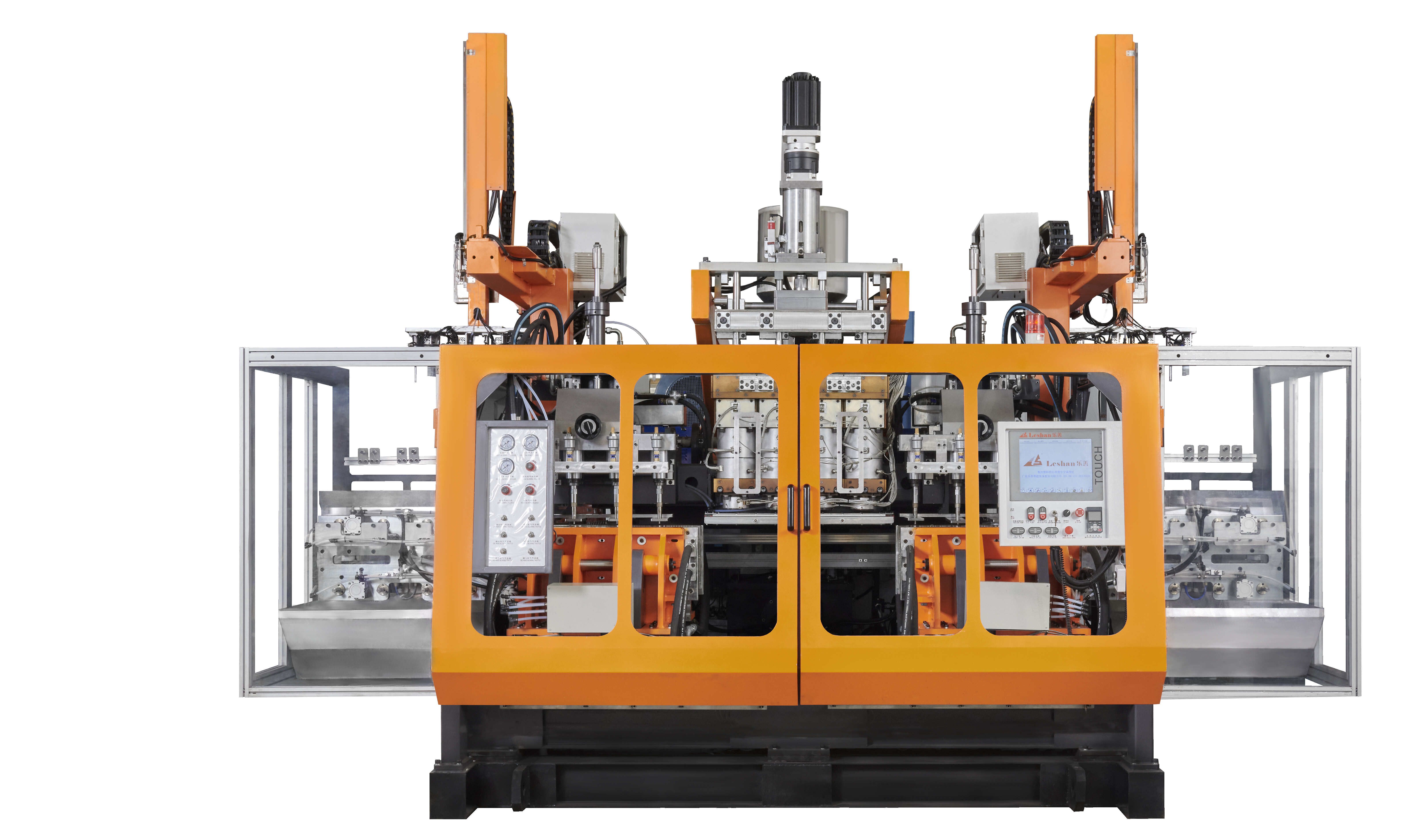
continuous extrusion blow molding machine is suitable for processing a variety of plastics, such as polyethylene, polypropylene, polyvinyl chloride, etc. These plastics can be made into various shapes of containers through different processing methods, such as bottles, barrels, boxes, etc. The blow molding machine can also realize products of different thicknesses by adjusting the design and structure of the mold, thereby adapting the products to different needs.

continuous extrusion blow molding machine---FAQs Guide
2.What types of blow molding machines are there?
3.How long does it usually take to troubleshoot continuous extrusion blow molding machine?
4.What materials can be used to manufacture continuous extrusion blow molding machine?
5.What are the common problems in the production process of continuous extrusion blow molding machine?
6.How to control the energy consumption of continuous extrusion blow molding machine?
7.What is the level of automation of continuous extrusion blow molding machine?
8.What are the key components of a continuous extrusion blow molding machine?
9.How to solve the vibration problem of blow molding machine?
10.What is the noise level of the continuous extrusion blow molding machine?
1.How to design the shaping mold for continuous extrusion blow molding machine?
We continuously upgrade our skills and knowledge to adapt to changing continuous extrusion blow molding machine market needs.
1. Determine the shape and size of the final product: The first step in designing a shaping mold for blow molding machines is to determine the shape and size of the final product. This will help in determining the overall dimensions and features of the mold.
2. Choose the type of blow molding machine: There are different types of blow molding machines such as extrusion blow molding, injection blow molding, and stretch blow molding. Each type requires a different type of mold design, so it is important to choose the right type of machine for your product.
3. Create a 3D model of the product: Using CAD software, create a 3D model of the product to be molded. This will help in visualizing the final product and identifying any potential design issues.
4. Determine the number of cavities: The number of cavities in the mold will depend on the production volume and the size of the product. More cavities will increase the production rate, but it will also increase the complexity and cost of the mold.
5. Design the core and cavity: The core and cavity are the two main components of the mold. The core is the inner part of the mold that shapes the product, while the cavity is the outer part that gives the product its final shape. The design of these components should be precise and accurate to ensure a high-quality product.
6. Consider draft angles: Draft angles are important in blow molding as they allow the product to be easily removed from the mold. A draft angle of 3-5 degrees is recommended for most products.
7. Add cooling channels: Cooling channels are essential for maintaining the temperature of the mold during the molding process. These channels should be strategically placed to ensure uniform cooling and prevent warping of the product.
8. Include ejection system: An ejection system is used to remove the product from the mold after it has been formed. This can be in the form of pins, air blasts, or mechanical ejection systems.
9. Test and refine the design: Once the initial design is complete, it is important to test it on a prototype mold to identify any design flaws or issues. This will help in refining the design before the final mold is produced.
10. Consider material selection: The material used for the mold should be able to withstand high temperatures and pressures. Common materials used for blow molding molds include aluminum, steel, and beryllium copper.
11. Work with a professional mold maker: It is recommended to work with a professional mold maker who has experience in designing molds for blow molding machines. They can provide valuable insights and ensure that the mold is designed to meet your specific requirements.
2.What types of blow molding machines are there?
We should have a stable supply chain and logistics capabilities, and provide customers with high -quality, low -priced continuous extrusion blow molding machine products.
1. Extrusion blow molding machine: This type of machine uses a continuous extrusion process to produce hollow plastic products, such as bottles, containers, and tanks.
2. Injection blow molding machine: This machine combines the processes of injection molding and blow molding to produce small, complex, and precise plastic products, such as medical devices and electronic components.
3. Stretch blow molding machine: This machine uses a two-stage process to produce high-quality, lightweight bottles and containers from PET (polyethylene terephthalate) material.
4. Reheat stretch blow molding machine: This type of machine is similar to the stretch blow molding machine, but it uses preforms (partially formed bottles) instead of raw material to produce bottles and containers.
5. Rotational blow molding machine: This machine uses a rotating mold to produce large, hollow plastic products, such as tanks, drums, and toys.
6. Shuttle blow molding machine: This machine has a shuttle system that moves the mold back and forth, allowing for the production of larger and more complex products.
7. Injection stretch blow molding machine: This machine combines the processes of injection molding and stretch blow molding to produce high-quality, lightweight bottles and containers from PET material.
8. Accumulator blow molding machine: This machine uses an accumulator to store molten plastic, which is then used to produce large and complex products, such as automotive parts and industrial containers.
9. Continuous extrusion blow molding machine: This machine uses a continuous extrusion process to produce long, tubular plastic products, such as pipes and tubes.
10. Co-extrusion blow molding machine: This machine uses multiple extruders to produce products with multiple layers, allowing for the production of complex and multi-functional products.
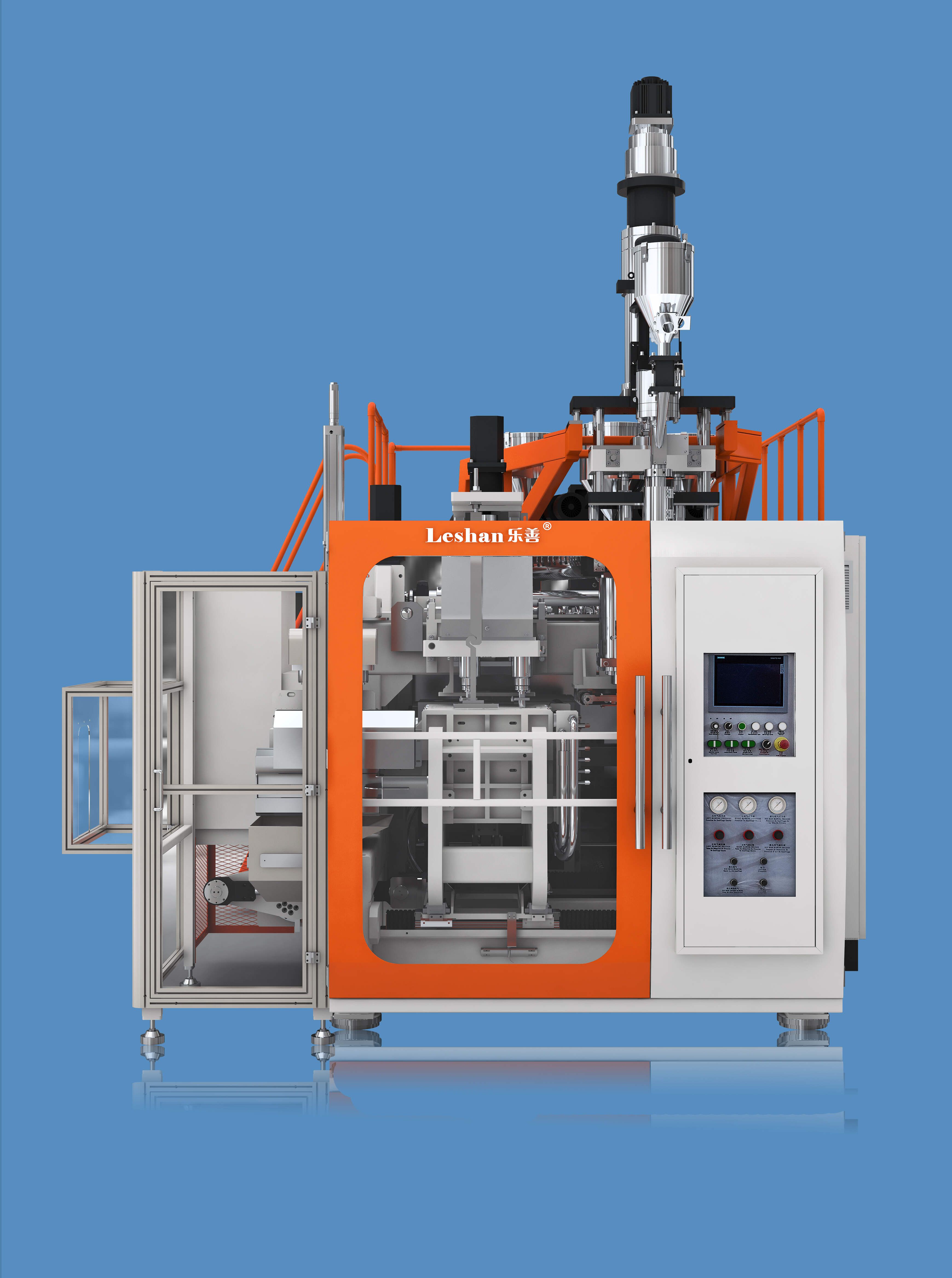
3.How long does it usually take to troubleshoot continuous extrusion blow molding machine?
Our mission is to provide customers with the best solutions for continuous extrusion blow molding machine.
The time it takes to troubleshoot a blow molding machine can vary depending on the specific issue and the experience of the technician. In some cases, it may only take a few minutes to identify and fix the problem, while in more complex cases it may take several hours or even days to fully troubleshoot and resolve the issue. It is important to thoroughly diagnose and address any problems with the machine to ensure it is functioning properly and producing high-quality products.
4.What materials can be used to manufacture continuous extrusion blow molding machine?
We should enjoy a good reputation in the industry, and we can increase the added value of the products of cooperative customers through technological innovation.
1. Steel: The main structural material used in blow molding machines is steel, which provides strength and durability to the machine.
2. Aluminum: Some parts of the machine, such as the extruder, may be made from aluminum due to its lightweight and corrosion-resistant properties.
3. Plastic: The molds used in blow molding machines are typically made from plastic, such as high-density polyethylene (HDPE) or polypropylene (PP).
4. Rubber: Rubber is used for seals and gaskets in the machine to prevent leakage and ensure airtightness.
5. Brass: Brass is used for valves and fittings in the machine due to its corrosion resistance and ability to withstand high temperatures.
6. Copper: Copper is used for electrical components and wiring in the machine due to its good conductivity.
7. Stainless steel: Some parts of the machine, such as the heating elements, may be made from stainless steel due to its resistance to corrosion and high temperatures.
8. Glass: Glass is used for the viewing window on the machine, allowing operators to monitor the production process.
9. Ceramic: Ceramic is used for heating elements and insulation in the machine due to its ability to withstand high temperatures.
10. Composites: Some parts of the machine, such as the control panel, may be made from composite materials, which offer a combination of strength, durability, and lightweight properties.
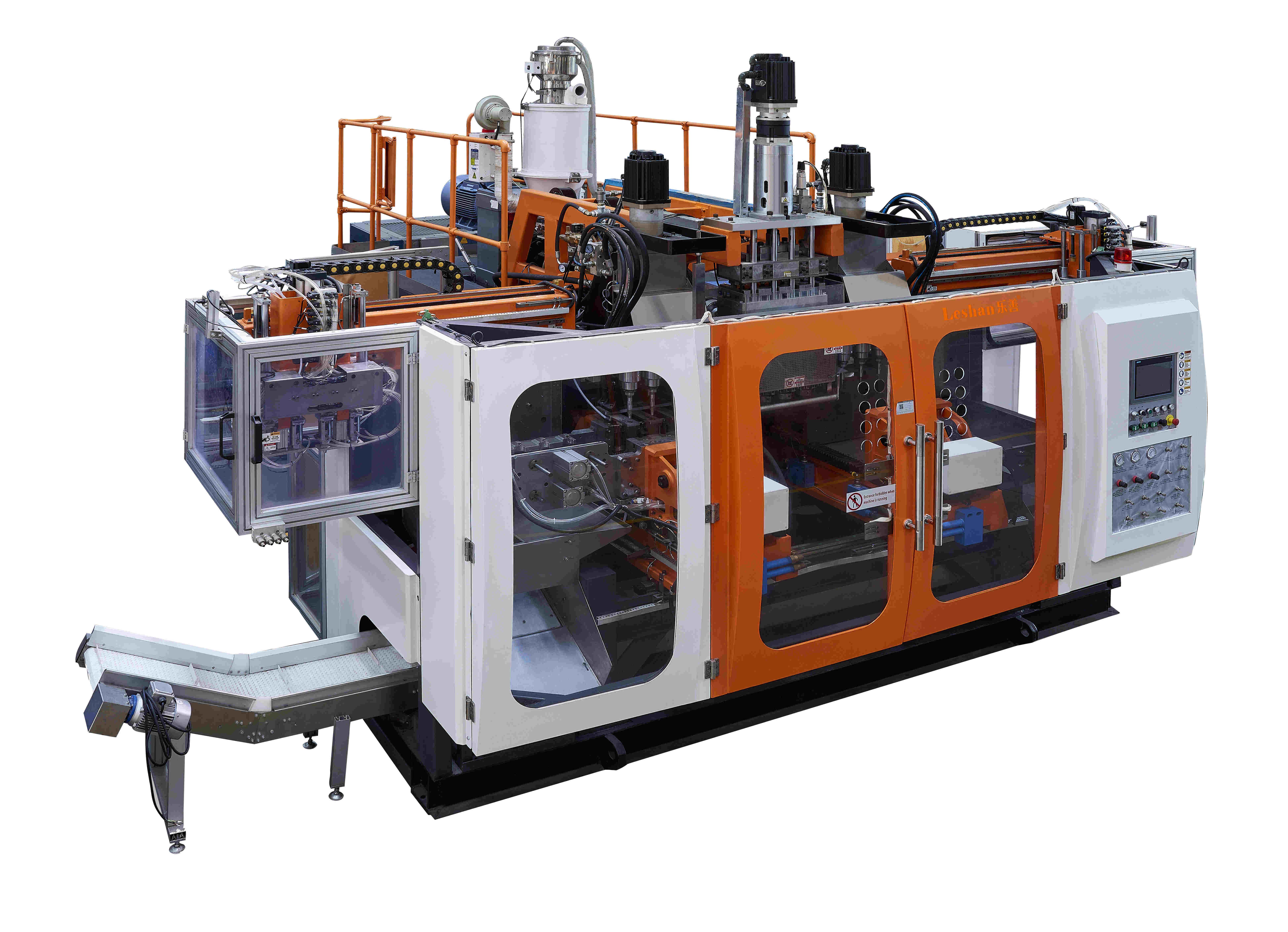
5.What are the common problems in the production process of continuous extrusion blow molding machine?
As one of the continuous extrusion blow molding machine market leaders, we are known for innovation and reliability.
1. Inconsistent Wall Thickness: This is a common problem in blow molding machines where the thickness of the plastic material is not uniform throughout the product. This can lead to weak spots in the product and affect its overall strength and durability.
2. Flashing: Flashing occurs when excess plastic material leaks out of the mold during the production process. This can result in a rough or uneven surface on the final product, affecting its appearance and functionality.
3. Warping: Warping is a common problem in blow molding machines where the product becomes distorted or deformed during the cooling process. This can be caused by uneven cooling or improper mold design.
4. Air Traps: Air traps occur when air gets trapped inside the mold during the production process. This can result in air bubbles or voids in the final product, affecting its strength and appearance.
5. Poor Surface Finish: Poor surface finish can be caused by a variety of factors, including improper mold design, poor quality plastic material, or inadequate cooling. This can result in a rough or uneven surface on the final product.
6. Leaks: Leaks can occur in blow molding machines due to worn or damaged seals, improper alignment of the mold, or inadequate clamping force. This can result in product defects and production downtime.
7. Contamination: Contamination can occur in the production process when foreign particles or impurities get mixed in with the plastic material. This can result in defects in the final product and affect its quality and functionality.
8. Machine Malfunctions: Like any other machinery, blow molding machines can experience malfunctions such as electrical issues, mechanical failures, or software glitches. These can result in production delays and affect the overall efficiency of the production process.
6.How to control the energy consumption of continuous extrusion blow molding machine?
We are a professional continuous extrusion blow molding machine company dedicated to providing high quality products and services.
1. Use energy-efficient machines: When purchasing blow molding machines, opt for models that are energy-efficient and have a high energy star rating. These machines are designed to consume less energy while still maintaining high production efficiency.
2. Regular maintenance: Regular maintenance of the machines is crucial in controlling energy consumption. This includes cleaning and lubricating the machines, checking for leaks, and replacing worn-out parts. A well-maintained machine will operate more efficiently and consume less energy.
3. Optimize production processes: Analyze the production processes and identify areas where energy consumption can be reduced. For example, reducing the amount of air pressure used in the blowing process can significantly reduce energy consumption.
4. Use energy-saving features: Many blow molding machines come with energy-saving features such as automatic shut-off, idle mode, and variable speed drives. These features can help reduce energy consumption when the machine is not in use or operating at a lower speed.
5. Monitor energy usage: Install energy meters to monitor the energy consumption of the machines. This will help identify areas where energy is being wasted and allow for adjustments to be made to reduce consumption.
6. Use energy-efficient materials: The type of material used in the blow molding process can also affect energy consumption. Opt for materials that require less energy to heat and mold, such as lightweight plastics.
7. Implement energy management systems: Consider implementing an energy management system that can track and analyze energy usage in real-time. This will help identify patterns and areas for improvement.
8. Train employees: Proper training of employees on the operation and maintenance of the machines can help reduce energy consumption. They should be aware of energy-saving practices and encouraged to follow them.
9. Turn off machines when not in use: Make it a practice to turn off the machines when they are not in use, such as during breaks or at the end of the day. This will help save energy and reduce unnecessary wear and tear on the machines.
10. Regularly review and update energy-saving strategies: Regularly review and update your energy-saving strategies to ensure they are still effective. As technology advances, new energy-saving techniques may become available, so it is essential to stay informed and make necessary changes.
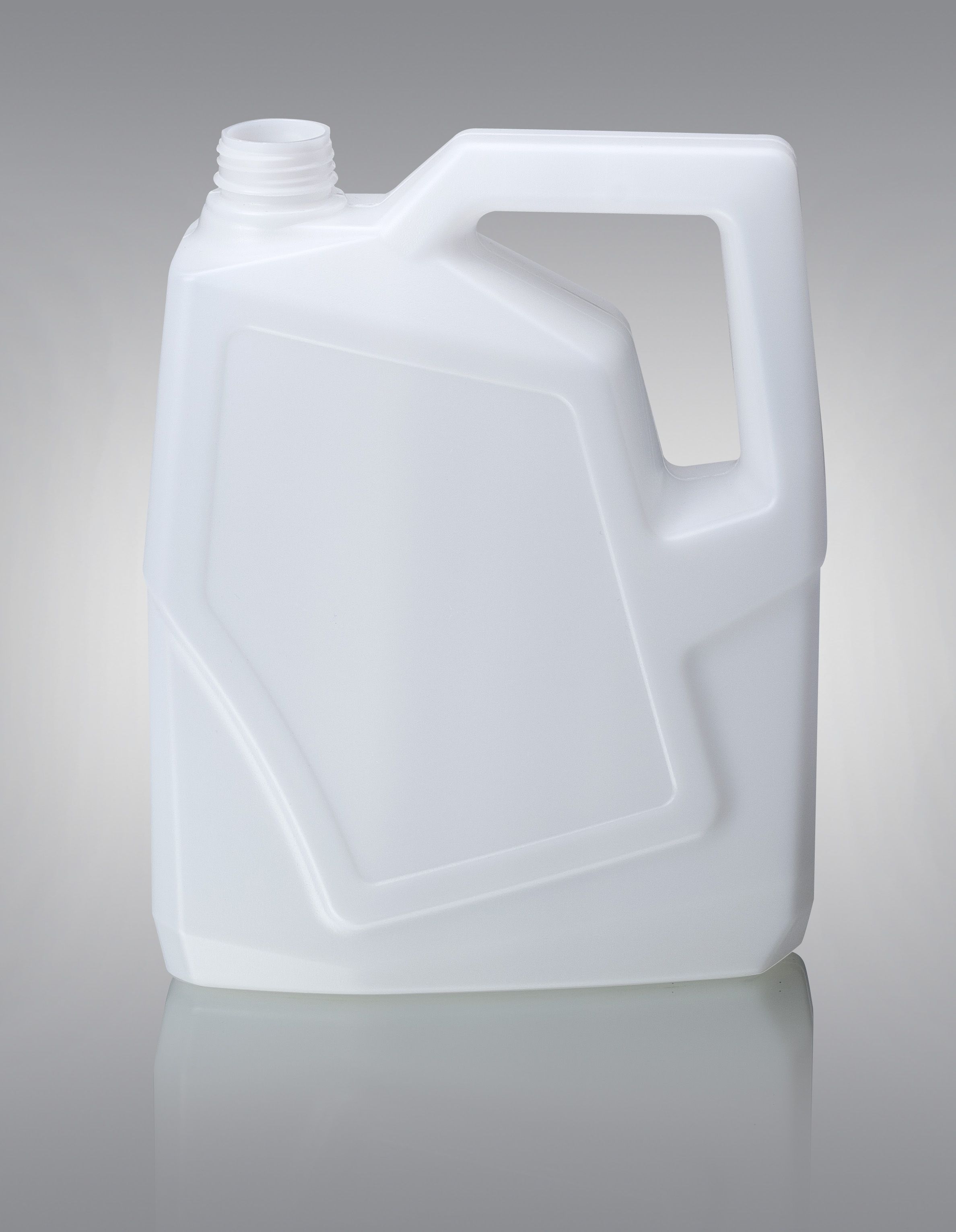
7.What is the level of automation of continuous extrusion blow molding machine?
We have advantages in marketing and channel expansion. Suppliers have established good cooperative relations, continuously improved workflows, improved efficiency and productivity, and provided customers with high -quality products and services.
The level of automation of blow molding machines can vary depending on the specific machine and its capabilities. Some blow molding machines may have basic automation features such as automatic preform loading and bottle ejection, while others may have more advanced automation capabilities such as automatic mold changeovers, robotic handling of bottles, and integrated quality control systems. Overall, the level of automation in blow molding machines has increased in recent years with the development of new technologies and advancements in the industry.
8.What are the key components of a continuous extrusion blow molding machine?
Our continuous extrusion blow molding machine products have competitive and differentiated advantages, and actively promote digital transformation and innovation.
1. Extruder: This is the main component of a blow molding machine, which melts and forms the plastic material into a parison (hollow tube).
2. Die Head: The die head is responsible for shaping the parison into the desired shape and size.
3. Clamping Unit: This unit holds the mold in place and provides the necessary pressure for the blowing process.
4. Blow Pin: The blow pin is used to inflate the parison and shape it against the mold.
5. Cooling System: After the parison is blown and formed into the desired shape, a cooling system is used to cool and solidify the plastic.
6. Ejection System: Once the plastic has cooled and solidified, the ejection system removes the finished product from the mold.
7. Control System: The control system is responsible for monitoring and controlling the various components of the machine, such as temperature, pressure, and speed.
8. Mold: The mold is a crucial component of a blow molding machine, as it determines the final shape and size of the product.
9. Hydraulic System: The hydraulic system provides the necessary power and pressure for the various movements and functions of the machine.
10. Electrical System: The electrical system supplies power to the machine and controls the various electrical components.
11. Safety Features: Blow molding machines are equipped with various safety features, such as emergency stop buttons, safety guards, and sensors, to ensure safe operation.
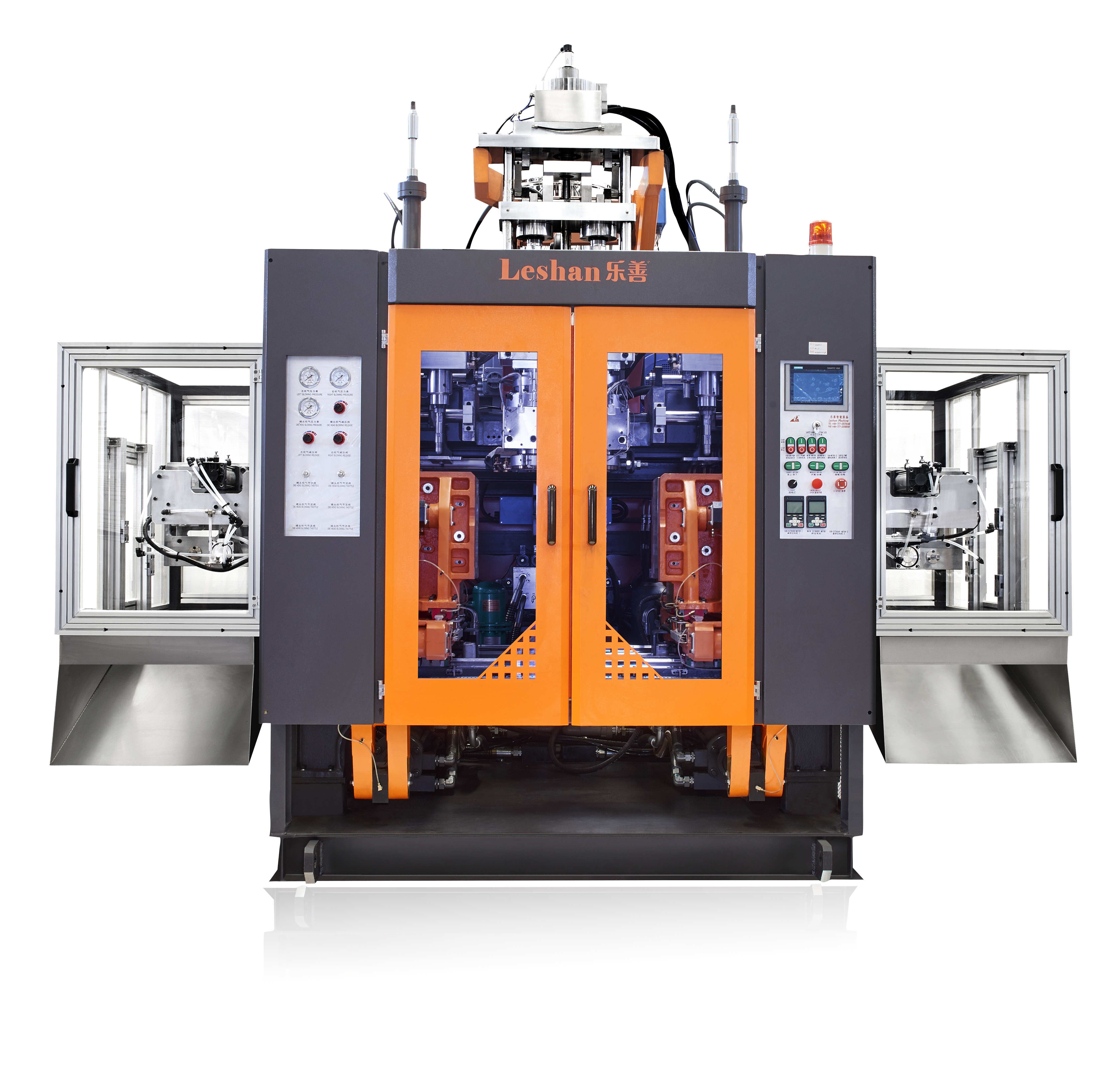
9.How to solve the vibration problem of blow molding machine?
Adjust the pressure and flow parameters of carriage PQ valve to make the carriage action more smoothly.
10.What is the noise level of the continuous extrusion blow molding machine?
continuous extrusion blow molding machine is not a product only, but also can help you comes to money-making.
The noise level of a blow molding machine can vary depending on the specific machine and its operating conditions. However, on average, blow molding machines can produce noise levels between 80-100 decibels (dB). This is considered to be a high level of noise and can potentially cause hearing damage if proper precautions are not taken. It is important for operators and workers to wear appropriate hearing protection when working with blow molding machines.
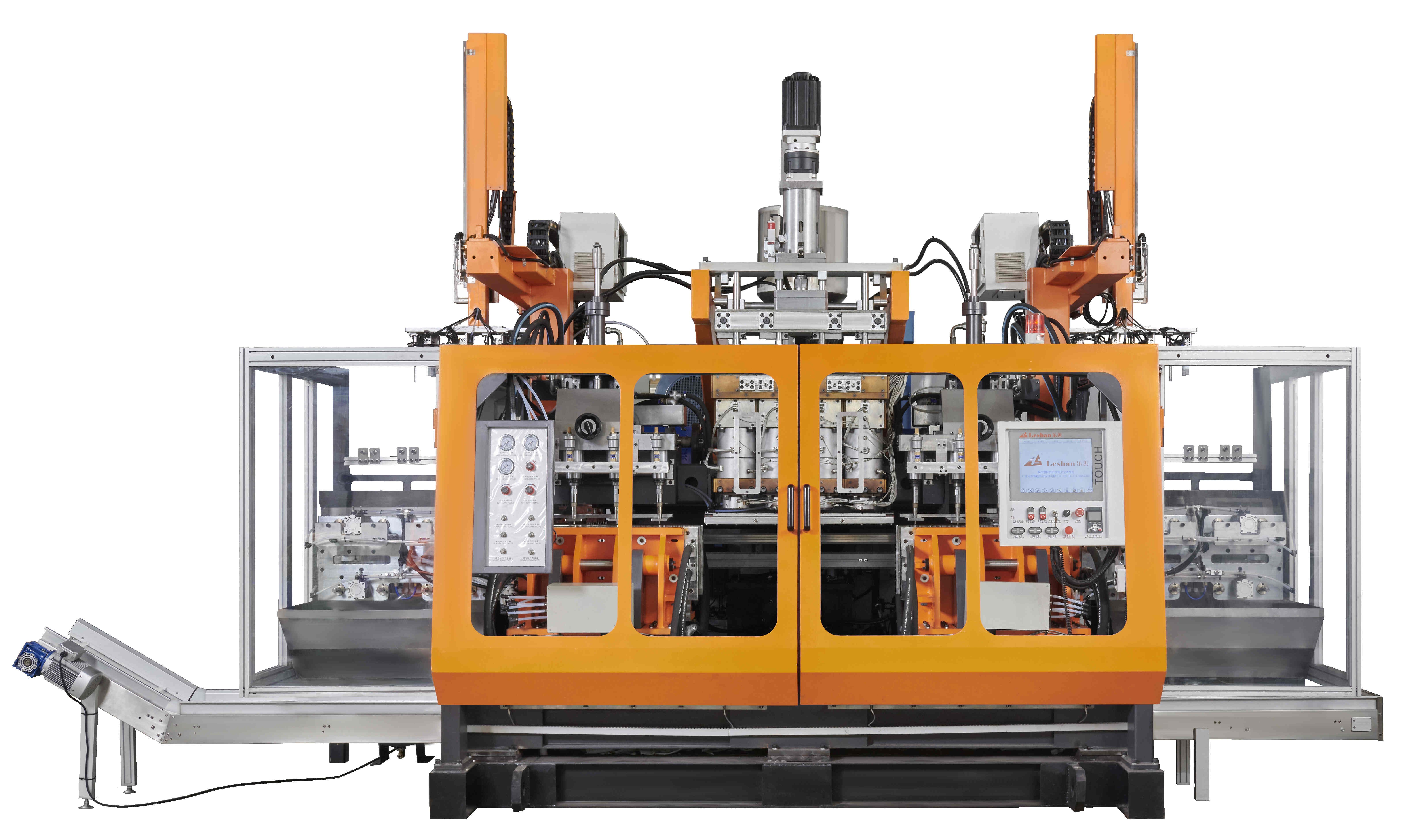
Tags: 40mm blow molding machine , fully automatic blowing mold machine
